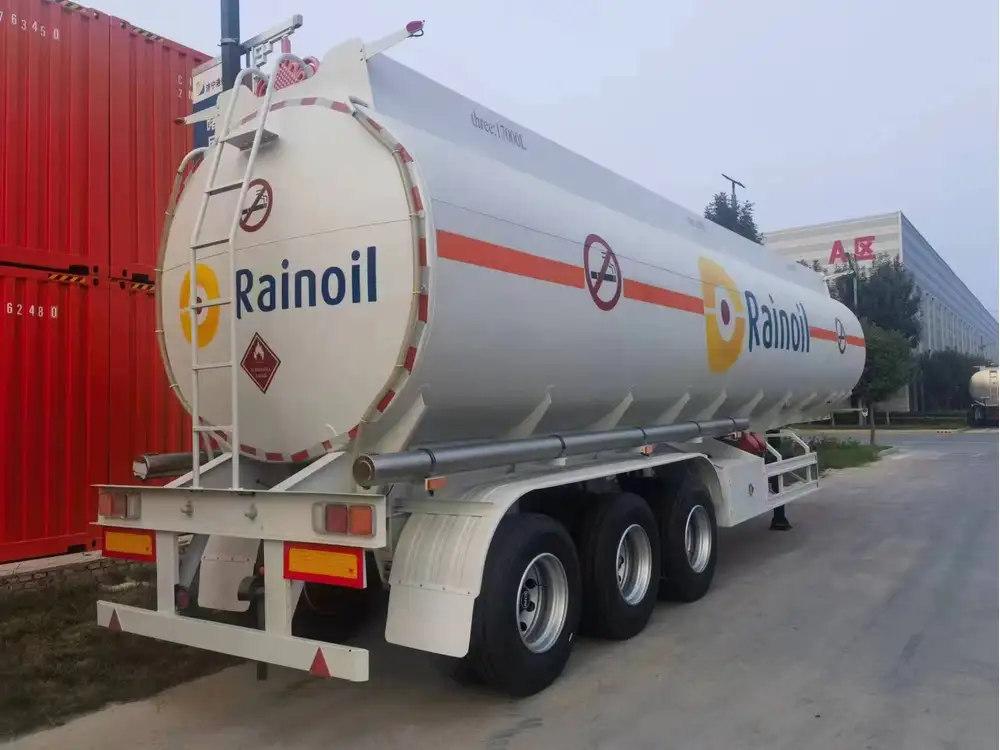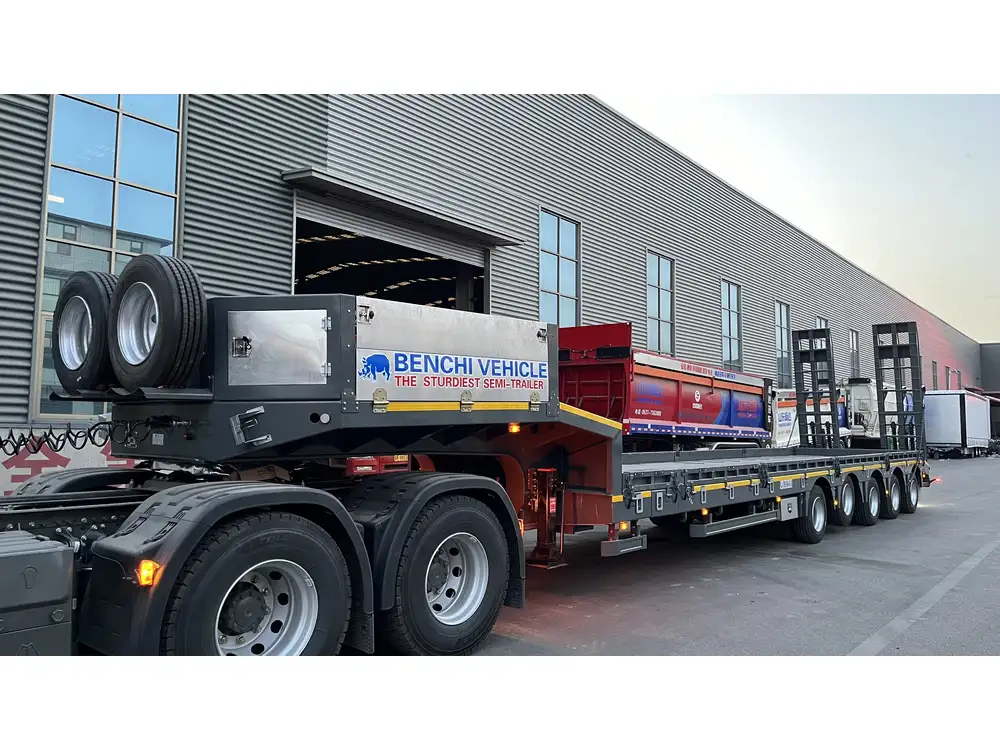Tying up the axle on a semi-trailer is a critical maintenance procedure that ensures safety, stability, and performance. This process is essential for keeping your semi-trailer performing at its best, avoiding costly repairs, and ensuring compliance with industry standards. Below, we delve into detailed instructions and insights on how to successfully tie up the axle on your semi-trailer.
Understanding the Importance of Tying Up the Axle
Before diving into the practical steps, it’s essential to comprehend why tying up the axle matters:
- Safety: An unsecured axle can lead to severe accidents during loading and unloading.
- Traction and Stability: Properly tied axles maintain optimal weight distribution and traction, especially when navigating challenging terrains.
- Wear and Tear Reduction: Ensures the longevity of axle components by reducing unnecessary strain.
In summary, this essential practice provides both safety and mechanical benefits.
Tools and Materials Required
To execute this procedure effectively, gather the following tools and materials before beginning:
| Tool/Material | Purpose |
|---|---|
| Ratchet Straps | To secure the axle in position. |
| Load Binding Chains | For extra security during transport. |
| Wheel Chocks | Prevents the trailer from rolling during maintenance. |
| Wrenches | For tightening bolts on the axle. |
| Safety Gloves | Protects hands during the process. |
| Torque Wrench | For ensuring proper torque settings. |

Step-by-Step Process for Tying Up the Axle
Step 1: Prepare the Semi-Trailer
- Park on a Level Surface: Ensure that the semi-trailer is parked on a flat surface to mitigate the risk of rolling.
- Turn Off the Engine: For safety, turn off the engine and remove the keys.
- Engage the Brakes: Activate the parking brakes on both the tractor and the trailer to immobilize the vehicle.
- Use Wheel Chocks: Place wheel chocks under the wheels of the trailer to prevent movement.
Step 2: Inspect the Axle and Suspension
Conduct a thorough inspection of the axle and suspension components to identify any existing wear or damage:
- Inspect Leaf Springs: Check for cracks or signs of wear.
- Examine the Axle Housing: Look for any deformations or rust which may compromise stability.
- Check Suspension Bolts: Ensure that all bolts are secure and free of corrosion.

Step 3: Positioning the Ratchet Straps
- Locate the Axle Flange: Identify the part where the axle attaches to the suspension.
- Wrap the Ratchet Strap: Use the ratchet strap and wrap it around the axle and spring assembly. Make sure the strap is seated firmly.
- Test the Fit: Ensure there is no excessive slack in the strap.
Step 4: Securing the Straps
- Ratchet Mechanism: Pull on the loose end of the strap and engage the ratchet mechanism to tighten the strap securely around the axle.
- Check Tightness: Ensure the strap is snug but not overly tight, which could damage the axle.
- Double-Check: Give the strap a gentle tug to confirm it’s secure.
Step 5: Reinforcement with Binding Chains
- Add Binding Chains: For additional security during transport, consider adding load binding chains around the axle.
- Use Ratchet Binders: Employ ratchet binders to tighten the chains.
- Inspect Connections: Make sure all connections and links are secure and free of damage.

Common Mistakes to Avoid
When tying up the axle on a semi-trailer, be mindful of the following common pitfalls:
- Insufficient Tightening: Straps that are too loose can lead to axles becoming unbound during transit.
- Over-tightening: Excess pressure can distort the axle or lead to mechanical failure.
- Neglecting Inspections: Failing to check for wear and damage can result in unforeseen issues.
Troubleshooting: Issues You Might Encounter
Problem: Straps Slipping
Solution: Ensure that the ratchet strap is correctly positioned. Consider using straps with anti-slip features.

Problem: Difficulty Tightening the Straps
Solution: Equipment malfunction may cause issues. Inspect the ratchet mechanism for blockages or damage.
Problem: Uneven Load Distribution
Solution: If, after tying down the axle, the load feels unbalanced, redistribute cargo greater towards the front of the trailer to stabilize.
Maintenance Tips for Axle Longevity
- Regular Inspections: Conduct routine checks to identify potential problems before they escalate.
- Lubrication: Keep all moving parts lubricated to minimize friction and wear.
- Prompt Repairs: Address any issues immediately upon detection to reduce long-term damage.

Comparison: Various Fastening Techniques
| Technique | Advantages | Disadvantages |
|---|---|---|
| Ratchet Straps | Easy to use, adjustable tension | Can slip if not properly secured |
| Load Binding Chains | Excellent for heavy loads, secure | Requires more effort to apply |
| Cable Ties | Lightweight and simple | Not suitable for heavy axles |
Final Thoughts on Tying Up Axles
In conclusion, mastering the technique of tying up the axle on a semi-trailer is crucial for ensuring safety, performance, and maintenance longevity. By following the detailed steps provided and avoiding common mistakes, operators can enhance the operational efficiency of their semi-trailers. A pro-active approach combined with regular inspections and proper maintenance practices ensures that semi-trailers remain safe and efficient on the road.
Frequently Asked Questions

How Tight Should I Tie the Axle?
The straps should be snug enough to prevent movement but not so tight that they distort the axle or cause damage.
How Often Should I Check the Axles?
Perform visual inspections before and after each trip, and conduct more thorough checks regularly, depending on usage frequency and load types.
Can I Use Standard Straps for Heavy Loads?
Using standard straps for heavy loads is not advisable. Always opt for heavy-duty straps specifically designed for the weight class of your load.

Is It Necessary to Use Chains?
While ratchet straps are often sufficient, using chains can provide additional security, especially for heavy and long-distance transport.
What Should I Do If I Notice Wear?
If any wear or damage is found during inspection, consult a professional for repairs as soon as possible to maintain safety and functionality.
By implementing these techniques and insights, semi-trailer operators can confidently manage their equipment, ensuring not just compliance, but enhancing overall efficiency and safety on the road.



